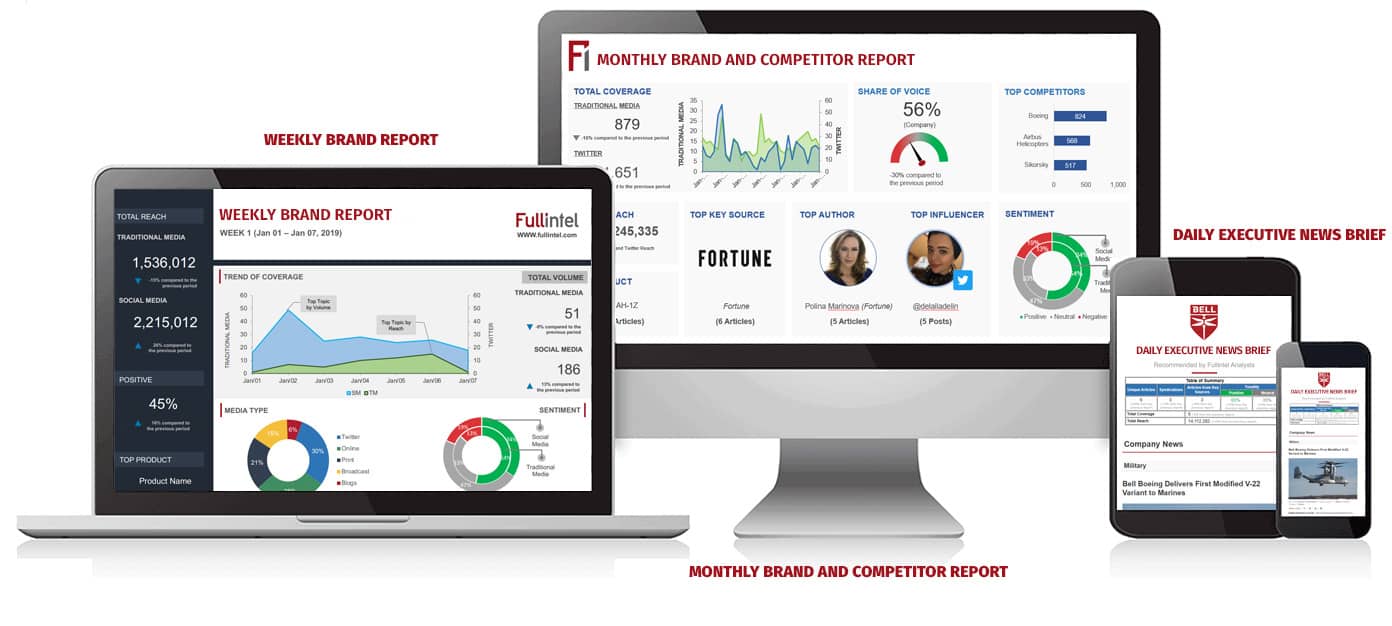
It’s 8:00 a.m. on a Monday. You open up Twitter and see the app’s notifications read 99-plus. Something happened between bedtime and now – and you don’t fully understand what!
Your inbox is quiet and you read the tweets, where a user tagged your brand in a single post linked to a TikTok video that’s been shared 130 times. The video looks benign, just some guy talking – maybe you don’t even listen to the entire clip.
Fast forward one week and there’s a news story about your company’s CTO originating from a fringe media outlet. The outlet based its reporting on that TikTok video. Thousands of people are now discussing the issue – true or not – simply because it was reported somewhere “People are saying…”.
This is a real scenario that could also happen to you. To help us understand what to do about it, we spoke with Angela Dwyer, Fullintel’s head of insights, who explained that staying ahead of news in such a fast-paced and fragmented media environment is harder than ever.
“Great public relations is now a puzzle made up of your target audience and the media itself,” said Dwyer, who shared her insights at the largest PR conference of the year, ICON 2022, held by PRSA this year in Texas. “Getting the word out requires targeting the media through the lens of its audience, not just the outlet, and finding ways to attract interest groups to help promote a story and advocate for your brand.”
The point is: The environment has changed, and issues can come from anywhere.
Angela shared a few reasons why:
| Channels for Distribution | Quality of Editing | Speed of Reach | Key Opinion Leader Behaviors | |
|---|---|---|---|---|
| Before | Restricted to media platforms. | Traditions and legal risk ensure relatively high editorial standards in traditional media. | Only some prominent stories could garner worldwide attention. | Elites such as CEOs and federal leaders were disincentivized to engage in cultural issues that drove division. |
| Today | Limitless and personal distribution of content. | Few editorial practices and limited recourse for slander/libel among social audiences degrades standards across the board. | Rapid global reach from anyone about anything disrupts traditional information distribution processes. | Elites amplify disinformation to attract larger audiences and values based consumers demand positions be made. |
Can you hear that noise? It’s your old media monitoring and reporting workflow huffing and puffing trying to catch up. “This isn’t all new – social media made a huge impact on the landscape years ago, but between media consolidation and the rise of disinformation, ‘news’ is being created from almost anything,” said Dwyer. “It just needs to gather a large enough audience and anything can become a story.”

Here are three ways predictive media monitoring, like Fullintel’s PredictiveAI™, can help communicators ride waves instead of being sunk by them:
- Preventing crises: Imagine if you knew in real-time that the obscure media article we mentioned earlier was beginning to trend? You could make a statement, contact the outlet and demand the opportunity to comment. At the very lead, you wouldn’t be caught flat-footed.
- Amplifying opportunities: There are always two sides to an issue and different ideas or memes can counter a narrative. Knowing which voices to amplify or whether to just let an issue die on its own requires similar trending signals.
- Creating (and measuring) trending content: That same process in evaluating trending content can teach a brand to create their own. What types of stories trend regularly, what formats work best, and which voices push the message out most effectively? Predictive content evaluation can help create viral content and measure whether it’s working!
Panic is a terrible way to wake up. So don’t roll over and hit the snooze button – take action by using data and insights to guide your response.
About Angela: Angela Dwyer is a PR and measurement leader with more than 12 years of experience helping brands improve business results through data-driven and actionable insights. Angela developed the Hypatia Gravity Score metric as the former SVP of measurement sciences at Lippe Taylor and opened PRIME Research’s office in Brazil. She has presented and published several original, award-winning research papers about news content that drives recall and engagement, and serves on several boards and committees that promote best practices in measurement like the IPR Measurement Commission.



